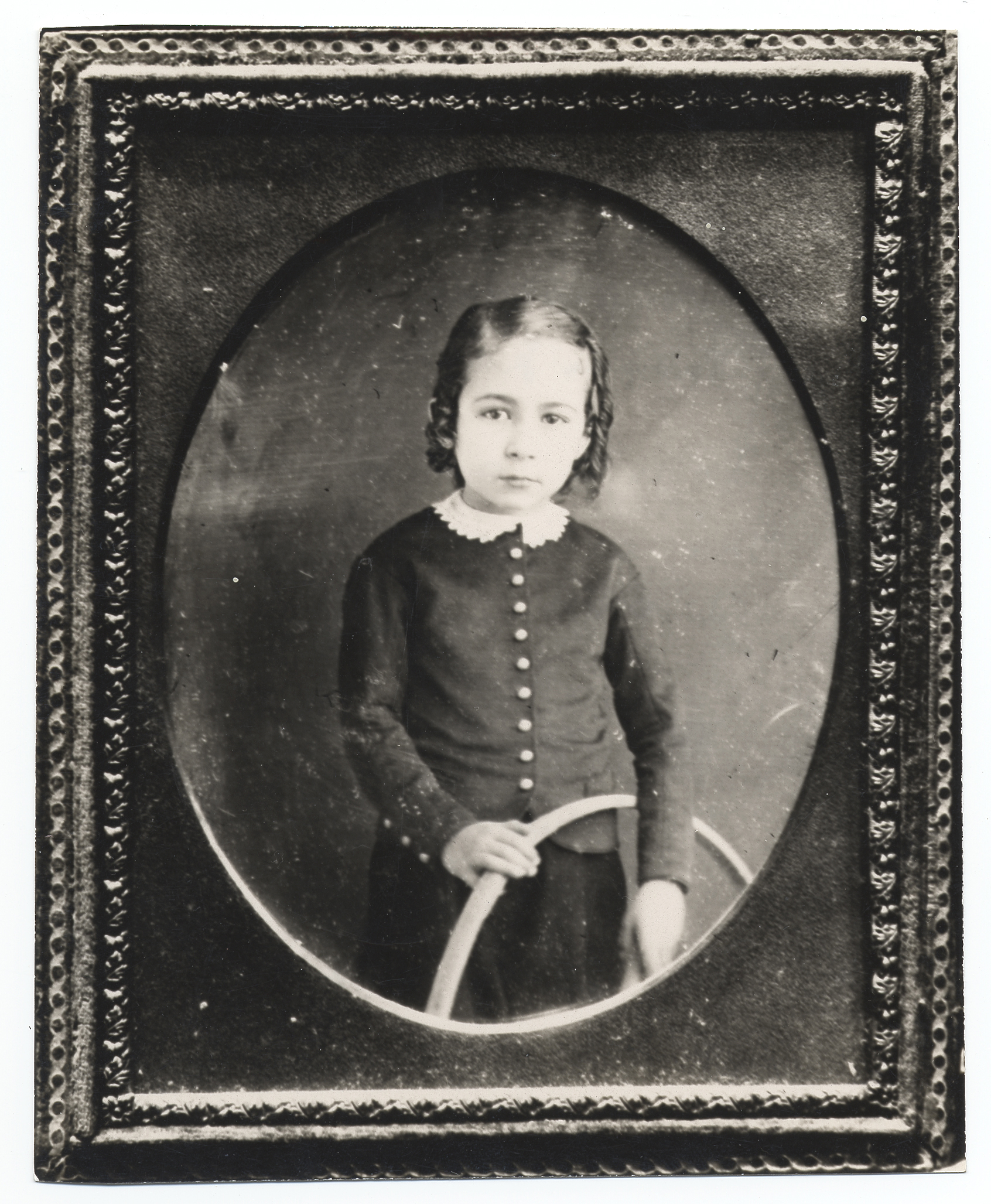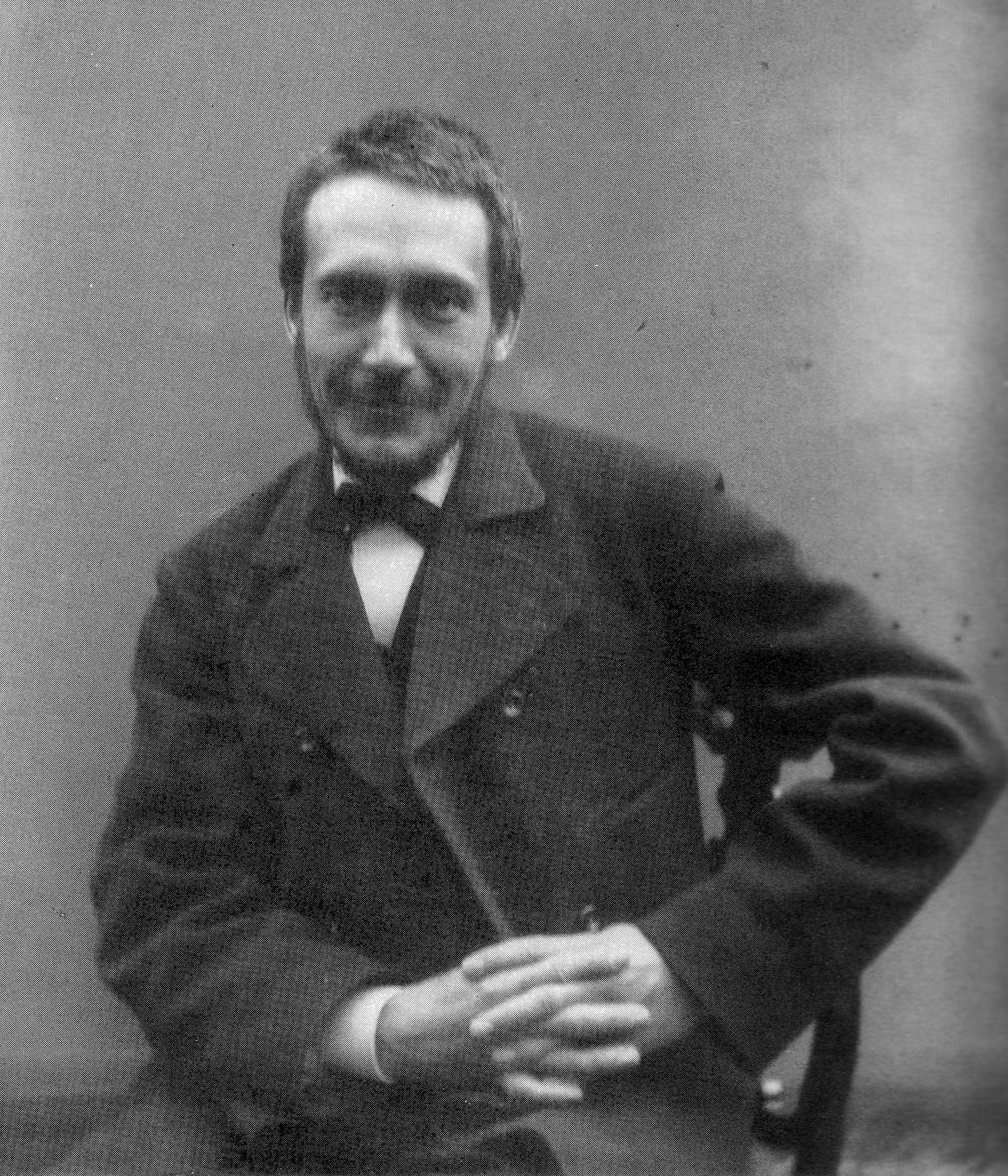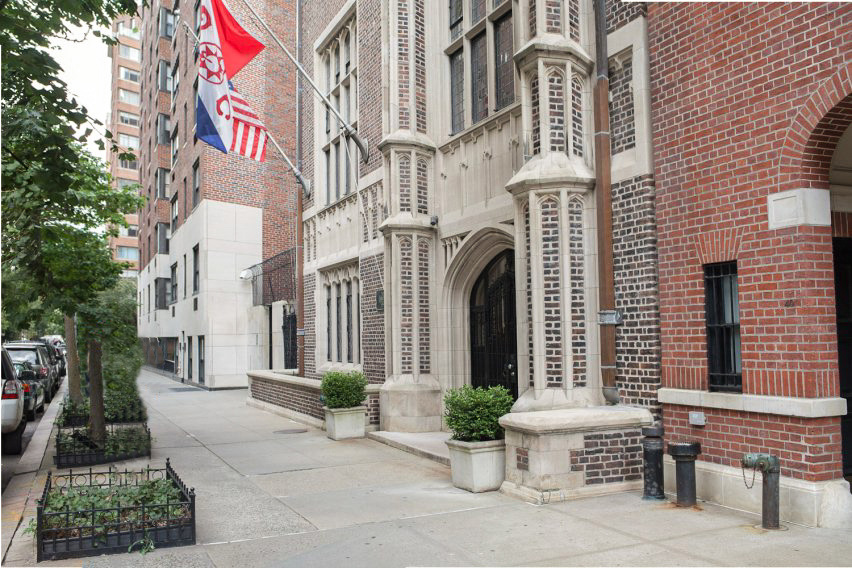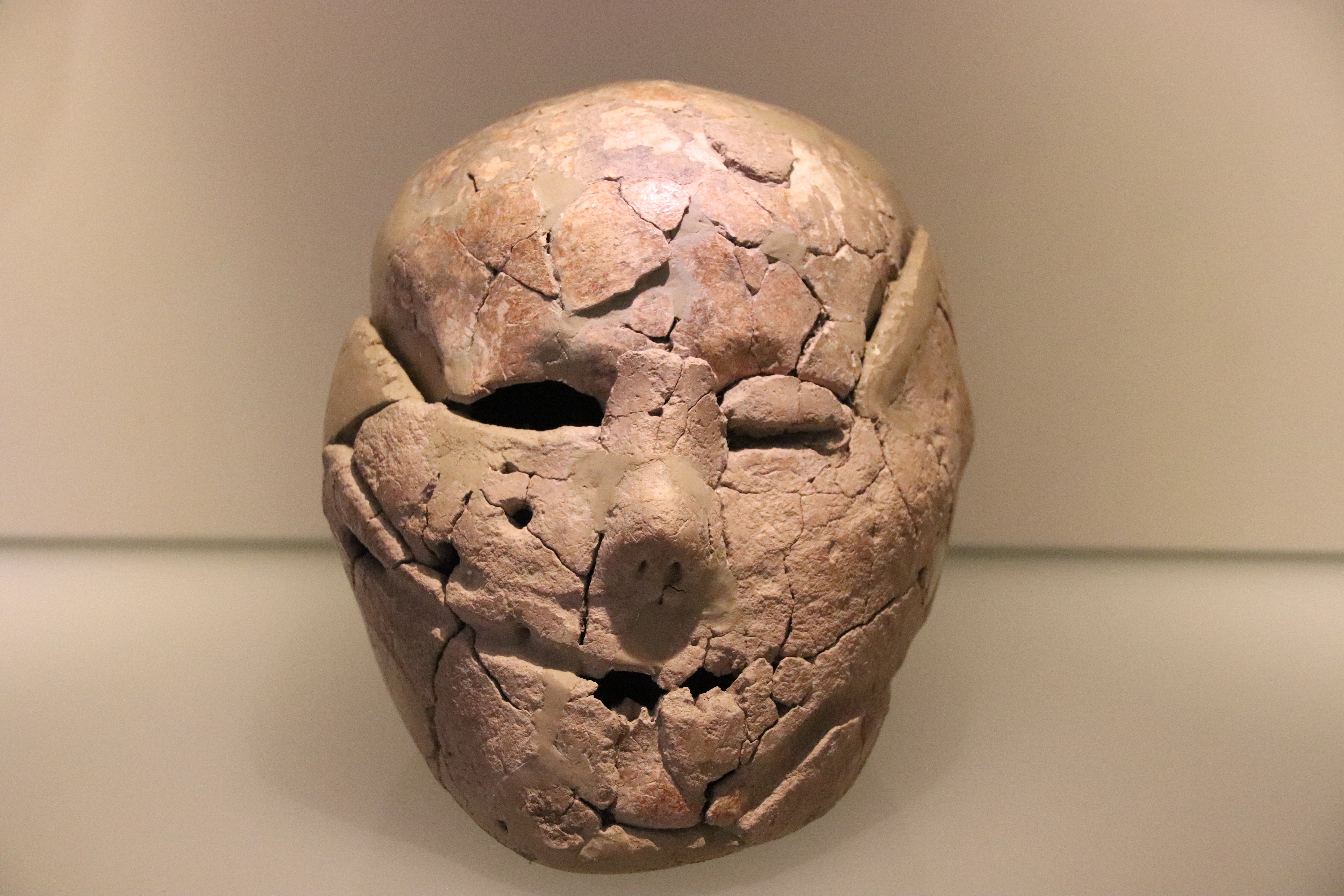|
Portrait Of Maud Cook
''Portrait of Maud Cook'' is an 1895 painting by the American artist Thomas Eakins, Goodrich catalogue #279. It is in the collection of the Yale University Art Gallery. Given the artist's lack of interest in fashion or conventional beauty, the portrait has been noted as "a rare example of Eakins's studying the physical beauty of a young woman," and "one of Eakins's loveliest paintings."Sewell, 1982, p. 121Sewell et al. 2001, p. 261 Maud was the sister of Weda Cook, who posed for Eakins' ''The Concert Singer'' in 1892. She is seen in a pink dress, the fabric flowing from her shoulders and pinned between her breasts. Her head is tilted to the left, in the direction of the light source. The light creates deep shadows that define the structure of her face, yet is subtle enough to suggest a youthful skin tone. In a letter written to Lloyd Goodrich in 1930, Cook recalled: "As I was just a young girl my hair is down low in the neck and tied with a ribbon....Mr. Eakins never gave ( ... [...More Info...] [...Related Items...] OR: [Wikipedia] [Google] [Baidu] |
Yale University Art Gallery
The Yale University Art Gallery (YUAG) is the oldest university art museum in the Western Hemisphere. It houses a major encyclopedic collection of art in several interconnected buildings on the campus of Yale University in New Haven, Connecticut. Although it embraces all cultures and periods, the gallery emphasizes early Italian painting, African sculpture, and modern art. History The gallery was founded in 1832, when patriot-artist John Trumbull donated more than 100 paintings of the American Revolution to Yale College and designed the original Picture Gallery. This building, on the university's Old Campus, was razed in 1901. Street Hall, designed by Peter Bonnett Wight, was opened as the Yale School of the Fine Arts in 1866, and included exhibition galleries on the second floor. The exterior was in a neo-Gothic style, with an appearance influenced by 13th-century Venetian palaces. These spaces are the oldest ones still in use as part of the Yale University Art Gallery. A Tu ... [...More Info...] [...Related Items...] OR: [Wikipedia] [Google] [Baidu] |
Thomas Eakins
Thomas Cowperthwait Eakins (; July 25, 1844 – June 25, 1916) was an American realist painter, photographer, sculptor, and fine arts educator. He is widely acknowledged to be one of the most important American artists. For the length of his professional career, from the early 1870s until his health began to fail some 40 years later, Eakins worked exactingly from life, choosing as his subject the people of his hometown of Philadelphia. He painted several hundred portraits, usually of friends, family members, or prominent people in the arts, sciences, medicine, and clergy. Taken ''en masse'', the portraits offer an overview of the intellectual life of contemporary Philadelphia; individually, they are incisive depictions of thinking persons. In addition, Eakins produced a number of large paintings that brought the portrait out of the drawing room and into the offices, streets, parks, rivers, arenas, and surgical amphitheaters of his city. These active outdoor venues allo ... [...More Info...] [...Related Items...] OR: [Wikipedia] [Google] [Baidu] |
List Of Works By Thomas Eakins
This is a list of professionally authenticated paintings, drawings, and sculptures by Thomas Eakins (1844–1916). As there is no catalogue raisonné of Eakins' works, this is an aggregation of existing published catalogs. Background During his lifetime, Thomas Eakins sold few paintings. On his death, ownership of his unsold works passed to his widow, Susan Macdowell Eakins, who kept them in their Philadelphia home. She dedicated the remaining years of her life to burnishing his legacy. In this, she was quite successful; in the period between Thomas Eakins' death and her own, she donated many of the strongest remaining pictures to museums around the world. The Philadelphia Museum of Art benefited particularly from these donations. After Susan Macdowell Eakins' death in 1938, her executors emptied the house of anything which could be sold at auction. When former Eakins student Charles Bregler arrived at the house after it had been stripped he was horrified at what he found ... [...More Info...] [...Related Items...] OR: [Wikipedia] [Google] [Baidu] |
The Concert Singer
''The Concert Singer'' is a painting by Thomas Eakins (1844–1916), depicting the singer Weda Cook (1867–1937). The work, commenced in 1890 and completed in 1892, was Eakins's first full-length portrait of a woman.The Concert Singer: 1890–1892 Philadelphia Museum of Art. Retrieved February 22, 2009 It is now in the . ''The Concert Singer'' was one of a series of portraits Eakins painted of Philadelphia natives who were prominent in science and culture, with the intent of producing major showpieces for exhibition. The painting exemplifies Eakins's desire to truthfully record visual appeara ... [...More Info...] [...Related Items...] OR: [Wikipedia] [Google] [Baidu] |
Lloyd Goodrich
Lloyd Goodrich (July 10, 1897March 27, 1987) was an American art historian. He wrote extensively on American artists, including Edward Hopper, Thomas Eakins, Winslow Homer, Raphael Soyer and Reginald Marsh. He was associated with the Whitney Museum of American Art in New York City for many years. Life and career During his childhood in Nutley, New Jersey, Goodrich was a close friend of Reginald Marsh, who would later become an important painter. Initially Goodrich considered a career as an artist. He studied painting and drawing at the Art Students League of New York with Kenneth Hayes Miller from 1913-1915. Between late 1915 and summer 1916, he studied with Douglas Volk at the National Academy of Design The National Academy of Design is an honorary association of American artists, founded in New York City in 1825 by Samuel Morse, Asher Durand, Thomas Cole, Martin E. Thompson, Charles Cushing Wright, Ithiel Town, and others "to promote the f .... In 1916 Goodrich returne ... [...More Info...] [...Related Items...] OR: [Wikipedia] [Google] [Baidu] |
Victorian Era
In the history of the United Kingdom and the British Empire, the Victorian era was the period of Queen Victoria's reign, from 20 June 1837 until her death on 22 January 1901. The era followed the Georgian period and preceded the Edwardian period, and its later half overlaps with the first part of the ''Belle Époque'' era of Continental Europe. There was a strong religious drive for higher moral standards led by the nonconformist churches, such as the Methodists and the evangelical wing of the established Church of England. Ideologically, the Victorian era witnessed resistance to the rationalism that defined the Georgian period, and an increasing turn towards romanticism and even mysticism in religion, social values, and arts. This era saw a staggering amount of technological innovations that proved key to Britain's power and prosperity. Doctors started moving away from tradition and mysticism towards a science-based approach; medicine advanced thanks to the adopti ... [...More Info...] [...Related Items...] OR: [Wikipedia] [Google] [Baidu] |
Stephen Carlton Clark
Stephen Carlton Clark (August 29, 1882 – September 17, 1960) was an American art collector, businessman, newspaper publisher and philanthropist. He founded the Baseball Hall of Fame in Cooperstown, New York. Biography Clark was the youngest of the four sons of Alfred Corning Clark and Elizabeth Scriven. His grandfather, Edward Cabot Clark, had been Isaac Singer's lawyer and partner in the Singer Sewing Machine Company. Alfred Corning Clark inherited a 37.5% stake in the company, and invested the profits in New York City real estate. Alfred died in April 1896, leaving a $30,000,000 family trust to his widow and sons. Clark was educated at Phillips Academy (Andover), Yale University ( B.A. 1903) and Columbia Law School (1907). Following his graduation from law school, Clark became a director of the Singer Manufacturing Company. He and his brother Edward built the Otesaga Hotel in Cooperstown in 1909. That same year, he was elected to the New York State Assembly as a ... [...More Info...] [...Related Items...] OR: [Wikipedia] [Google] [Baidu] |
1895 Paintings
Events January–March * January 5 – Dreyfus affair: French officer Alfred Dreyfus is stripped of his army rank, and sentenced to life imprisonment on Devil's Island. * January 12 – The National Trust for Places of Historic Interest or Natural Beauty is founded in England by Octavia Hill, Robert Hunter (National Trust), Robert Hunter and Canon Hardwicke Rawnsley. * January 13 – First Italo-Ethiopian War: Battle of Coatit – Italian forces defeat the Ethiopians. * January 17 – Félix Faure is elected President of the French Republic, after the resignation of Jean Casimir-Perier. * February 9 – Mintonette, later known as volleyball, is created by William G. Morgan at Holyoke, Massachusetts. * February 11 – The lowest ever UK temperature of is recorded at Braemar, in Aberdeenshire (historic), Aberdeenshire. This record is equalled in 1982#January, 1982, and again in 1995#December, 1995. * February 14 – Oscar Wilde's last pla ... [...More Info...] [...Related Items...] OR: [Wikipedia] [Google] [Baidu] |
Portraits By Thomas Eakins
A portrait is a painting, photograph, sculpture, or other artistic representation of a person, in which the face and its expressions are predominant. The intent is to display the likeness, personality, and even the mood of the person. For this reason, in photography a portrait is generally not a snapshot, but a composed image of a person in a still position. A portrait often shows a person looking directly at the painter or photographer, in order to most successfully engage the subject with the viewer. History Prehistorical portraiture Plastered human skulls were reconstructed human skulls that were made in the ancient Levant between 9000 and 6000 BC in the Pre-Pottery Neolithic B period. They represent some of the oldest forms of art in the Middle East and demonstrate that the prehistoric population took great care in burying their ancestors below their homes. The skulls denote some of the earliest sculptural examples of portraiture in the history of art. Historical ... [...More Info...] [...Related Items...] OR: [Wikipedia] [Google] [Baidu] |
19th-century Portraits
The 19th (nineteenth) century began on 1 January 1801 ( MDCCCI), and ended on 31 December 1900 ( MCM). The 19th century was the ninth century of the 2nd millennium. The 19th century was characterized by vast social upheaval. Slavery was abolished in much of Europe and the Americas. The First Industrial Revolution, though it began in the late 18th century, expanding beyond its British homeland for the first time during this century, particularly remaking the economies and societies of the Low Countries, the Rhineland, Northern Italy, and the Northeastern United States. A few decades later, the Second Industrial Revolution led to ever more massive urbanization and much higher levels of productivity, profit, and prosperity, a pattern that continued into the 20th century. The Islamic gunpowder empires fell into decline and European imperialism brought much of South Asia, Southeast Asia, and almost all of Africa under colonial rule. It was also marked by the collapse of the large S ... [...More Info...] [...Related Items...] OR: [Wikipedia] [Google] [Baidu] |
Portraits Of Women
A portrait is a portrait painting, painting, portrait photography, photograph, sculpture, or other artistic representation of a person, in which the face and its expressions are predominant. The intent is to display the likeness, Personality type, personality, and even the mood of the person. For this reason, in photography a portrait is generally not a Snapshot (photography), snapshot, but a composed image of a person in a still position. A portrait often shows a person looking directly at the painter or photographer, in order to most successfully engage the subject with the viewer. History Prehistorical portraiture Plastered human skulls were reconstructed human skulls that were made in the ancient Levant between 9000 and 6000 BC in the Pre-Pottery Neolithic B period. They represent some of the oldest forms of art in the Middle East and demonstrate that the prehistoric population took great care in burying their ancestors below their homes. The skulls denote some of the earlie ... [...More Info...] [...Related Items...] OR: [Wikipedia] [Google] [Baidu] |









